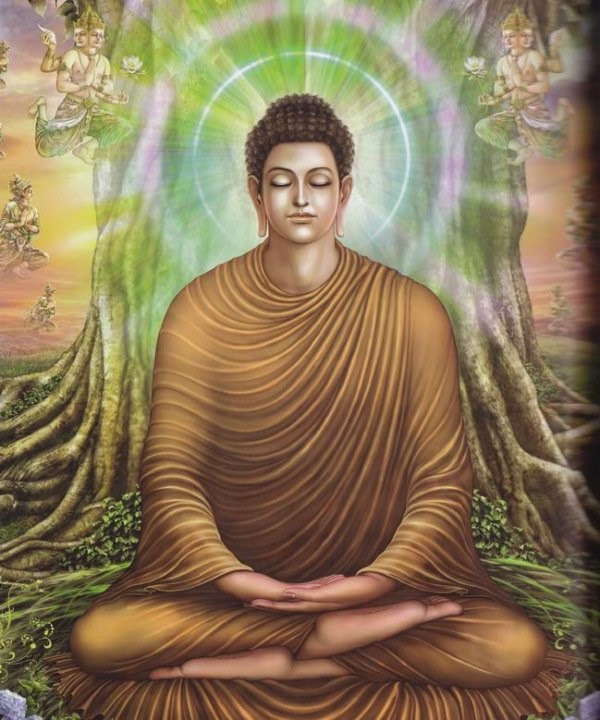Buddhism
A statue of the Buddha in Bodhgaya, India. Bodhgaya is traditionally considered the place of his awakening
Major figures
1 Life of the Buddha
2 Buddhist concepts
2.1 Life and the world
2.1.1 Karma: Cause and Effect
2.1.2 Rebirth
2.1.3 The Cycle of Saṃsāra
2.2 Suffering: causes and solution
2.2.1 The Four Noble Truths
2.2.2 The Noble Eightfold Path
2.2.3 Middle Way
2.3 The nature of reality
2.3.1 Impermanence, suffering and non-self
2.3.2 Dependent arising
2.3.3 Emptiness
2.3.4 Speculation versus direct experience: Buddhist epistemology
2.4 Liberation
2.4.1 Nirvana
2.4.2 Buddhas
2.4.2.1 Theravada
2.4.2.2 Mahayana
2.4.2.3 Buddha eras
2.4.3 Bodhisattvas
3 Practice
3.1 Devotion
3.1.1 Refuge in the Three Jewels
3.2 Buddhist ethics
3.3 Monastic life
3.4 Meditation
3.4.1 Samādhi (meditative cultivation): samatha meditation
3.4.1.1 In Theravāda
3.4.2 Prajñā (Wisdom): vipassana meditation
3.4.3 Zen
3.4.4 Vajrayana and Tantra
4 History
4.1 Philosophical roots
4.2 Indian Buddhism
4.2.1 Pre-sectarian Buddhism
4.2.2 Early Buddhist schools
4.2.3 Early Mahayana Buddhism
4.2.3.1 Origins of Mahayana
4.2.3.2 Earliest Mahayana Sutras
4.2.4 Late Mahayana Buddhism
4.2.5 Vajrayana (Esoteric Buddhism)
4.3 The early development of Buddhism
4.4 Buddhism today
5 Schools and traditions
5.1 Theravāda
5.2 Mahayana
5.3 Vajrayāna
6 Buddhist texts
6.1 Pāli Tipitaka
6.2 Mahayana Sutras
7 Comparative studies
7.1 List of Buddhism related topics in comparative studies
8 See also
9 Footnotes
10 References
10.1 Online
11 External links

